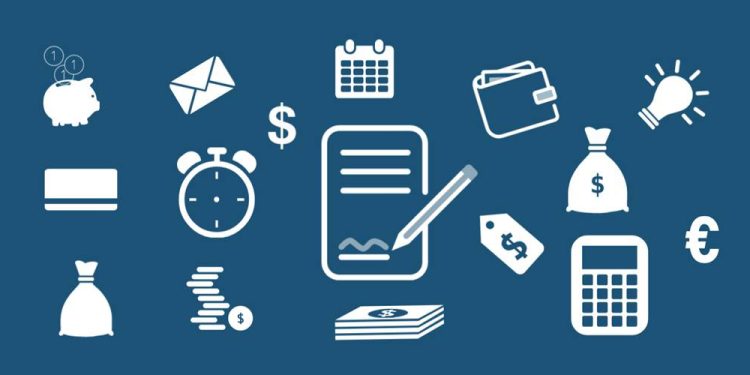As a fitness business owner, your passion for helping clients achieve their health goals is likely what drove you to start your venture in the first place. However, a successful fitness business isn’t just about transforming bodies – it’s also about managing finances. Financial planning may not be as exciting as designing workout plans or watching clients make progress, but it’s crucial to the success of your business. In this blog post, we’ll explore why financial planning is important for fitness businesses and provide tips on how to create a successful financial plan that ensures long-term growth and stability. Plus, find out how finding a cash advance online can help with unexpected expenses!
Why is financial planning important for fitness businesses?
Fitness businesses are often started by passionate individuals who want to help others achieve their fitness goals. However, a business cannot thrive on passion alone. Financial planning is crucial for ensuring the long-term success of your fitness business.
One reason financial planning is important for fitness businesses is that it allows you to set realistic goals and make informed decisions. By creating a budget and tracking expenses, you can identify areas where you may be overspending or underspending, and adjust accordingly.
Financial planning also helps with cash flow management or helps to find a cash advance online when you require for your business. As a fitness business owner, unexpected expenses can arise at any time – from equipment repairs to marketing campaigns – and having a solid financial plan in place ensures that you have the resources necessary to deal with these situations without disrupting your cash flow.
Moreover, financial planning gives you insight into how much revenue your business needs to generate in order to break even or turn a profit. This information can help guide pricing decisions as well as marketing strategies.
In short, financial planning provides the foundation for making informed decisions about your business’s future growth and success. Without it, even the most successful fitness businesses risk running into unnecessary roadblocks along the way.
What are some common mistakes made when creating a fitness business budget?
Creating a budget for your fitness business is crucial to ensure financial stability and growth. However, many gym owners make common mistakes when it comes to budgeting that can lead to financial strain and setbacks.
One mistake is not accounting for all expenses. It’s easy to overlook hidden costs such as equipment repairs or marketing fees. Make sure you do thorough research on all expenses associated with running a fitness business before creating your budget.
Another mistake is underestimating revenue projections. While it’s important to be realistic, setting low revenue goals can limit growth potential for your gym. Use past data and market trends to create accurate revenue forecasts.
A third mistake is not monitoring the budget regularly. A budget should be reviewed frequently throughout the year so adjustments can be made if necessary. Ignoring the state of your finances could lead to bigger problems down the line.
Many gym owners forget about taxes when creating their budgets. Make sure you factor in federal and state taxes into your financial plan so you’re not blindsided come tax season.
By avoiding these common mistakes, you’ll have a better chance at achieving financial success in your fitness business!
How can you create a successful fitness business financial plan?
Creating a successful financial plan for your fitness business requires careful consideration and attention to detail. Begin by identifying your overall goals and objectives, along with the resources you have available to achieve them. This may involve assessing your current revenue streams and expenses, as well as forecasting future growth opportunities.
Next, create a comprehensive budget that outlines all of your anticipated expenses, such as rent or mortgage payments, utilities, equipment purchases or leases, employee salaries or wages, marketing costs, insurance premiums, and taxes. Be sure to also factor in any unexpected expenses that may arise throughout the year.
To maximize profits and minimize losses in your fitness business financial plan, consider implementing measures like cost-cutting strategies or diversifying revenue streams through new products or services. You can also explore financing options like finding a cash advance online to help cover upfront costs while still maintaining positive cash flow.
Ultimately, the key to creating a successful financial plan is staying organized and disciplined when it comes to tracking income and expenses on an ongoing basis. By regularly reviewing your finances against benchmarks like profit margins or return on investment (ROI), you can make informed decisions about how best to allocate resources for long-term success.








































